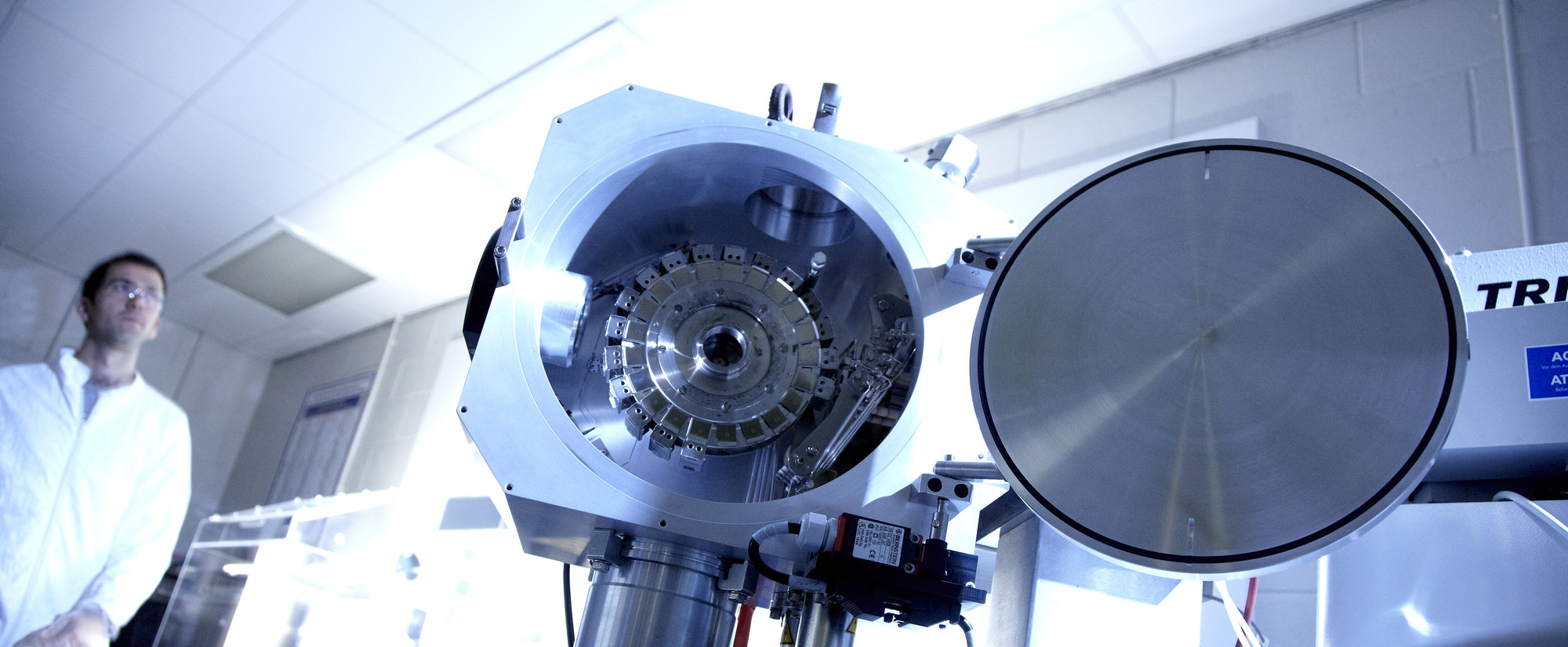Environmental Geochemistry Labs
The Environmental Laboratory at Durham can be broadly subdivided into two categories: Environmental Research and Carbon Capture and Storage (CCS). In addition to the equipment based in the Arthur Holmes Building, much of the research undertaken involves sampling and data collection in a field setting. The Facilities are available to hire with prices on application. Please contact Prof. Fred Worrall with any enquiries.
CCS Facilities
This facility is managed by Prof. Fred Worrall and contains core equipment that enable us to react a range of geomaterials (incl. Cap rocks, reservoir rocks, and silicate wastes) over relevant pressures, temperatures and timescales. The facilities can consider up to 3 phase systems and has been designed to include the consideration of the reactions of supercritical CO2. Coupled with this is the range of geochemical analytical apparatus to analyse the products of these reactions.
Flow and Batch Reactors
One area of interest to us at the moment is to sequester CO2 within solid materials, by reacting solids (typically silicate rocks or waste materials) at high pressures and temperatures using a specialised reaction rig.
In order to react samples at high pressure, we use a Pressure Vessel, capable of conditions up to 200 bar and 225’C, and we connect this to CO2 delivery system, which works to pump liquid CO2 into the reaction chamber containing the solid samples. The reaction then takes place for a set amount of time (flow or batch conditions), before the CO2 is released out of the reaction chamber. The solid (&/or liquid byproducts) are then obtained once completed.
Reacted samples can then be analysed using equipment in the environmental lab to test for structural/mineralogical changes.
Environmental Research Facilities
This facility is managed by Prof. Fred Worrall and contains a comprehensive equipment inventory for the analysis of carbon and other elements within the natural system, both for sampling in the field and analysis in the two purpose-built environmental laboratories within the Arthur Holmes building.
Lab-based
- High-Mass TGA (Thermogravimetric Analysis)and Combined Simultaneous TGA-DTA (Differential Thermal Analysis)
The TGA tells us about the thermal properties of the solid samples. It works by heating a small sample, and measuring the weight loss as a function of the temperature. Weight loss occurs due to the decomposition of minerals/organic components – giving us information about structural/mineralogical changes that may occur. - 6200 Isoperibol Calorimeter
With integrated water temperature controller - Ion Chromatograph and autosampler.
Metrohm Compact IC761 - Analysis of organic and inorganic anions and cations via conductivity detection. - Gas Chromatograph with FID and TCD Detectors.
Shimadzu GC2010, this includes both TCD and FID detectors with an autosampler. - UV-Vis
Field-based
A significant component of the research done by the Carbon, Waste and Water group is done in a field setting. We have a wide variety of field equipment that can be used to monitor environmental geochemistry of solids, waters and gases.
Contact
The Environmental Research Facility welcomes enquiries regarding the commercial and private use of our facilities. Please contact Prof. Fred Worrall in the first instance, who will be able to assess your needs and provide you with the appropriate information and pricing.
Facilities and Equipment
Research equipment facilities located in the department


/prod01/prodbucket01/media/durham-university/departments-/earth-sciences/60228-1998X749.jpg)
